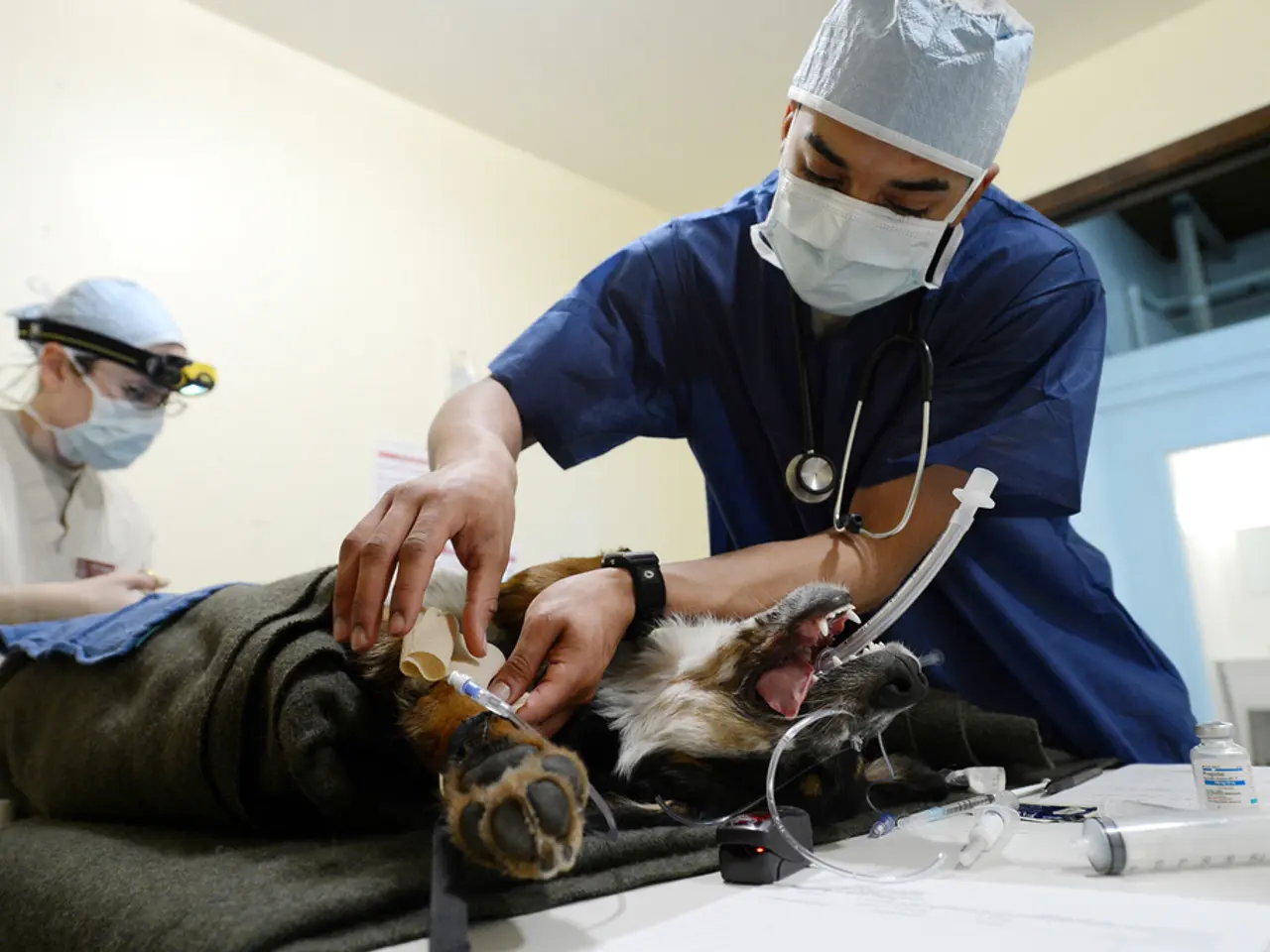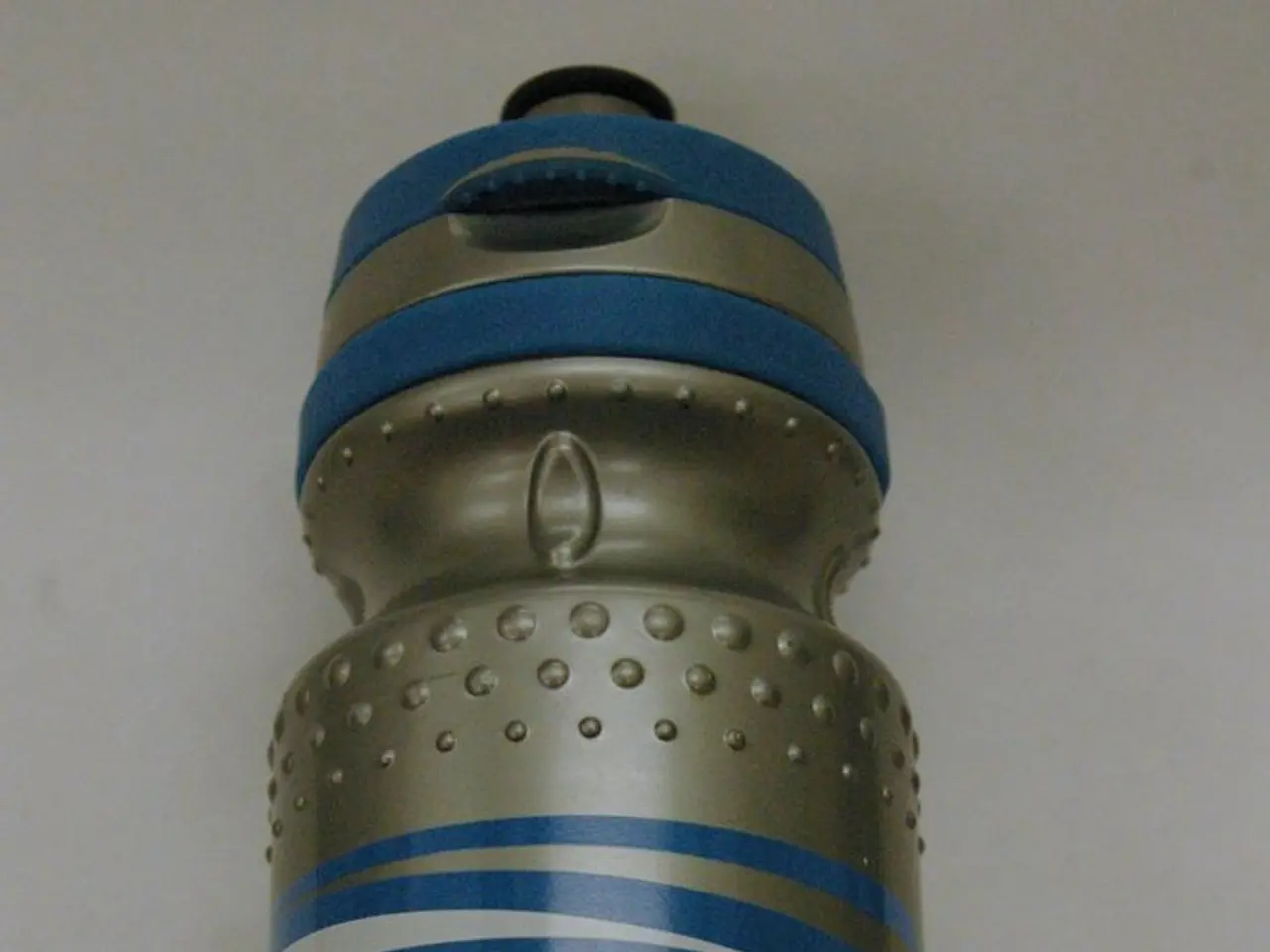Medical device company Creo Medical receives approval from the Food and Drug Administration (FDA) for their product SpydrBlade Flex.
In a significant development for the medical device industry, Creo Medical Group Plc has secured U.S. Food and Drug Administration (FDA) clearance for its latest innovation, the SpydrBlade Flex. This advanced endoscopic device, joining Creo's growing family of GI products, is set to revolutionise clinical practices across the United States.
Professor Robert Hawes MD, in a recent comparison, likened SpydrBlade Flex to the harmonic scalpel at the end of a flexible scope. The device's innovative design and precision engineering are expected to bring operating room capability into flexible endoscopy, offering a versatile tool for clinicians.
Craig Gulliford, CEO of Creo Medical, expressed pride and significance in the FDA clearance, marking a significant milestone for the company. He highlighted that this clearance aligns closely with the American Medical Association's May 2025 decision to introduce reimbursement codes for endoscopic submucosal dissection, creating a clear reimbursement pathway for healthcare providers.
Creo will leverage its established direct sales force and strong network of key opinion leaders for the U.S. commercial rollout. The company plans to deploy SpydrBlade Flex to clinicians and patients across the United States, following its successful commercial launch in Europe in March 2025.
SpydrBlade Flex is a novel, multi-modal endoscopic device that delivers both cutting and coagulation functions. It integrates precision, adaptability, and multi-functionality, empowering clinicians with a versatile tool. The device has already demonstrated clinical versatility in procedures such as Z-POEMs, Colonic ESDOesophageal ESD, POEM, and F-POEM.
While specific details on the SpydrBlade Flex are not available, Creo's devices are known for their advanced ergonomic designs, precision engineering, and energy delivery systems. These features can enhance surgical procedures, provide precise and controlled energy during procedures, and potentially improve patient outcomes.
With the FDA clearance, SpydrBlade Flex has overcome significant design challenges, thanks to its unique intellectual property. As it joins Creo's growing family of advanced energy GI products, it promises to offer similar versatility across various surgical specialties, transforming endoscopic procedures and improving patient care.
[1] While specific procedures for the SpydrBlade Flex are not detailed in the available information, the MicroBlate Flex device has demonstrated clinical versatility in procedures such as robotic-guided lung cancer ablation, used in conjunction with Intuitive's Ion Endoluminal System, at the Royal Brompton Hospital and other sites under the Pioneer Programme. It is likely that SpydrBlade Flex will offer similar versatility across various surgical specialties.
- The SpydrBlade Flex, with its multi-modal endoscopic design, is poised to bring operative capabilities into flexible endoscopy, potentially expanding its use in various medical-conditions across the health-and-wellness sector.
- The FDA clearance for SpydrBlade Flex opens up avenues for finance, as the American Medical Association's decision to introduce reimbursement codes for endoscopic submucosal dissection creates a clear pathway for healthcare providers to be remunerated for its use.
- Leveraging technology, SpydrBlade Flex, similar to Creo's other devices known for their advanced ergonomic designs and energy delivery systems, could improve patient outcomes and transform endoscopic procedures in the future.




